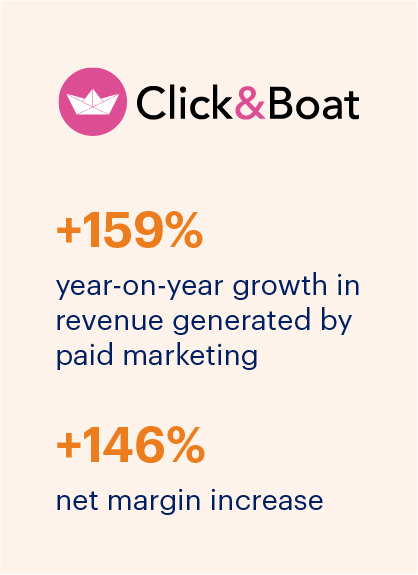As big online marketing platforms roll out smart campaign management tools, digital marketers should focus on achieving precise predictions on the value of specific customer actions in order to sensitise and optimise their bidding strategies.
Until recently, a major part of any digital advertising or paid marketing programme has involved the meticulous process of setting up and maintaining detailed campaigns and bidding strategies. However, now for companies to succeed they need to transition their efforts towards enhancing their analytics capabilities with the goal of providing the most accurate estimates possible of the value of traffic.
These precise estimates are the protein that feeds the platforms’ machine-learning models and can substantially improve the results they deliver.
To harness their full potential, machine learning tools must be complemented with signals that effectively reflect the value of each session. This allows the tools to adjust and optimise the myriad input parameters they control, maximising the effectiveness of each campaign.
Assessing the value of a paid search session may at first appear as simple as determining whether a session originated from the relevant channel and, if so, what was the net profit of any sale. But to effectively capture overall value requires a more holistic and sophisticated approach.
Five key steps to effective value-estimates:
The most sophisticated online marketers, such as Amazon and Zalando, use this approach to ensure they are investing appropriately to maximize their long-term success and it is an approach being emulated within the Permira funds’ portfolio.
| For instance, Click&Boat, a private yacht chartering business within the Boats Group platform, initially considered building an in-house bidding system, but instead chose to develop a sophisticated value-prediction model for leads generated that feeds into Google’s Smartbidding system. Initially the feedback on valuations was based purely on an immediate real-time estimate, which in future will be incrementally enhanced using Google’s offline conversion mechanism to reflect subsequent customer interactions. The result: +159% (x2.6) year-on-year growth in revenue generated by paid marketing, resulting in a net margin increase of +146%. |

|
It may not be cost-efficient for all companies to deploy the full spectrum of these activities, but understanding the most effective framework, and working towards it, can provide both meaningful short-term gains and a roadmap to future digital marketing success.
In this process, the Permira Funds’ portfolio companies have access to deep sources of support and insight, from our Portfolio Group, which includes digital marketing experts and world-class advisers, as well as an active network of CMOs across our portfolio. Leveraging knowledge-sharing is critical to effective marketing in a such a rapidly evolving digital landscape.














